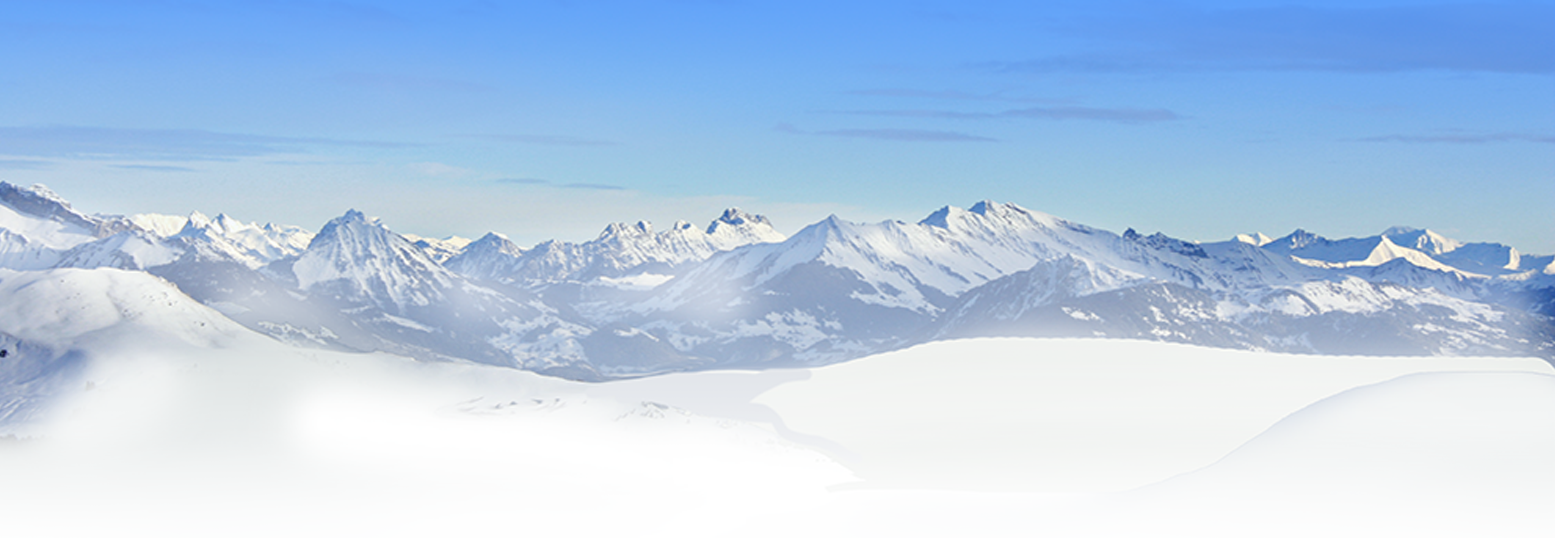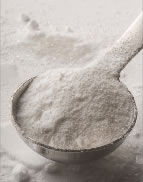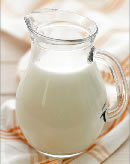
High Altitude Baking — All your questions answered

High Altitude Baking — All your questions answered
This text is an excerpt from the book, Pie in the Sky, by Susan G. Purdy
You don’t need special ingredients or exotic equipment for baking at high altitude, but you do need to be aware of a few potential problems. Among the many items that are affected, a few are included below (Scroll Down). To avoid hit-or-miss testing of recipe adjustments, use the balanced, reliable recipes found in PIE IN THE SKY.
Flour
 Different types of flour have different characteristics depending upon many factors including geographic and climatic conditions where the wheat was grown and the type of wheat from which it were milled. In high altitude baking, batter strength is critical; a cake can rise or fall depending upon a small adjustment in the amount of flour; it is especially important to use the type of flour specified in the recipe: bread flour, all-purpose, or cake. High altitude bakers must be aware of the amount of gluten-producing protein in their flour. Gluten is the stretchy elastic substance present in wheat flour that develops when two of the many proteins present in wheat blend with liquid. Dry atmospheric conditions at altitude may require recipe adjustments in the amount of flour and liquid used. Bread flour contains the most gluten, 12 to 16 percent; all-purpose flour contains roughly 10 to 13 percent gluten; bleached cake flour contains about 8 percent. High Altitude Hungarian Flour (sold primarily in Colorado, New Mexico, and Southwestern markets) contains about 12 percent gluten.
Different types of flour have different characteristics depending upon many factors including geographic and climatic conditions where the wheat was grown and the type of wheat from which it were milled. In high altitude baking, batter strength is critical; a cake can rise or fall depending upon a small adjustment in the amount of flour; it is especially important to use the type of flour specified in the recipe: bread flour, all-purpose, or cake. High altitude bakers must be aware of the amount of gluten-producing protein in their flour. Gluten is the stretchy elastic substance present in wheat flour that develops when two of the many proteins present in wheat blend with liquid. Dry atmospheric conditions at altitude may require recipe adjustments in the amount of flour and liquid used. Bread flour contains the most gluten, 12 to 16 percent; all-purpose flour contains roughly 10 to 13 percent gluten; bleached cake flour contains about 8 percent. High Altitude Hungarian Flour (sold primarily in Colorado, New Mexico, and Southwestern markets) contains about 12 percent gluten.
 Leavening Agents
Leavening Agents
Air, steam, and the carbon dioxide gas produced by baking powder and baking soda are the principal leaveners for baked goods (yeast leavens bread, see below). As altitude increases, air pressure lessens. When there is less air pushing down on the surface of a batter, it has less resistance, so it can rise much more easily. The higher the elevation, the less air resistance and the more easily the leavening (of any type) works. The amount of leavening in most recipes developed for sea level need to be reduced at high altitude or the baked goods will rise too much and/or collapse.
Yeast
 Yeast is available to the home baker in several forms – granulated active dry, compressed, and instant active dry. Many home bread-bakers like to use granulated (active) dry yeast, sold in foil packets or jars in supermarkets and specialty food stores, either in dairy or baking departments. Instant active dry is designed to eliminate the need for proofing and to hasten rising. It is fine for sea-level baking with recipes designed for quick-rise products (sweet breads, especially), but if used at altitude, quantities must be severely cut because the reduced air pressure itself encourages rapid yeast expansion; the combination of quick-rising yeast and low air pressure make bread rise too fast to develop good flavor and texture.
Yeast is available to the home baker in several forms – granulated active dry, compressed, and instant active dry. Many home bread-bakers like to use granulated (active) dry yeast, sold in foil packets or jars in supermarkets and specialty food stores, either in dairy or baking departments. Instant active dry is designed to eliminate the need for proofing and to hasten rising. It is fine for sea-level baking with recipes designed for quick-rise products (sweet breads, especially), but if used at altitude, quantities must be severely cut because the reduced air pressure itself encourages rapid yeast expansion; the combination of quick-rising yeast and low air pressure make bread rise too fast to develop good flavor and texture.
 Buttermilk
Buttermilk
Buttermilk is a favored product in high altitude baking because it contribute acidity as well as richness, moisture, flavor, and tenderness. If a sea-level recipe calls for regular milk, you can replace it with buttermilk. Acidity weakens the elasticity and/or strength of gluten in wheat flour, thereby keeping baked products tender.